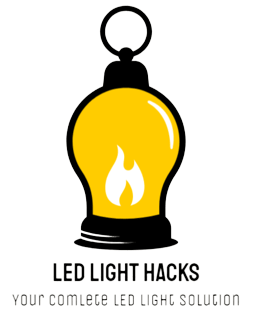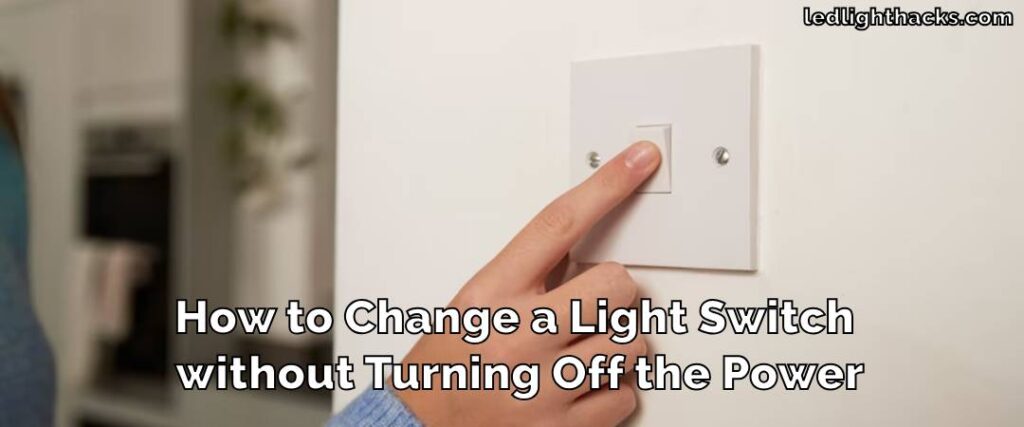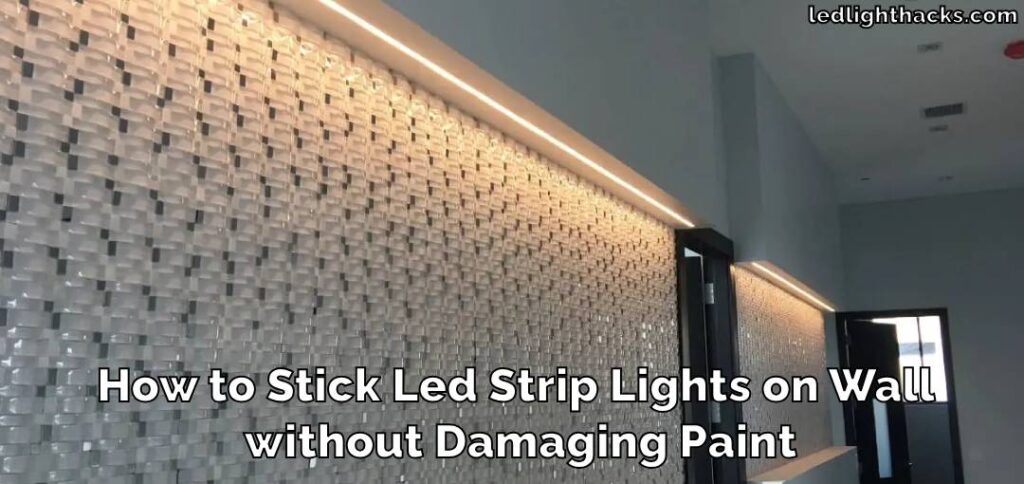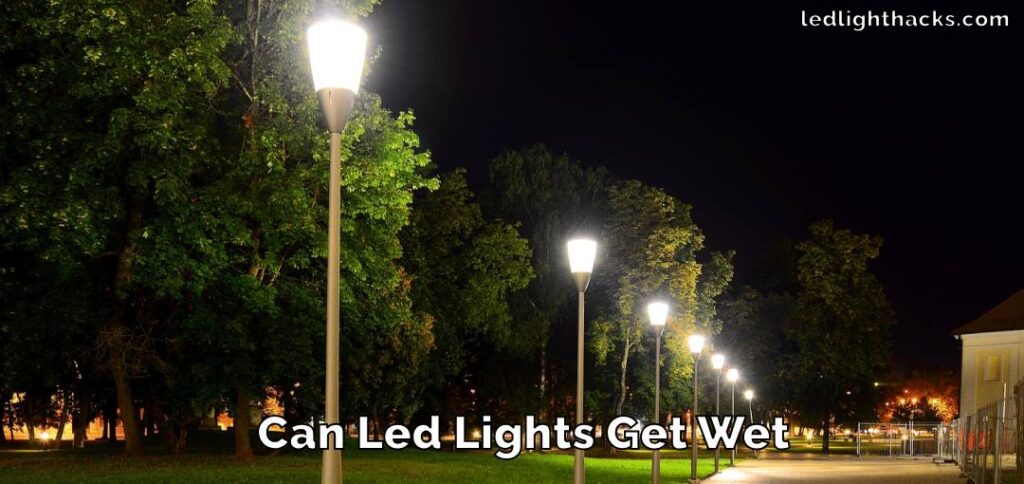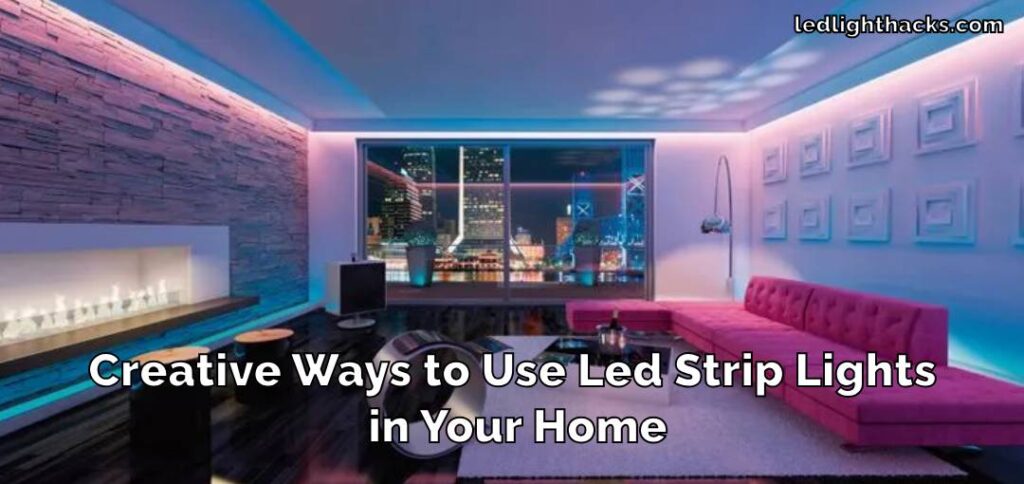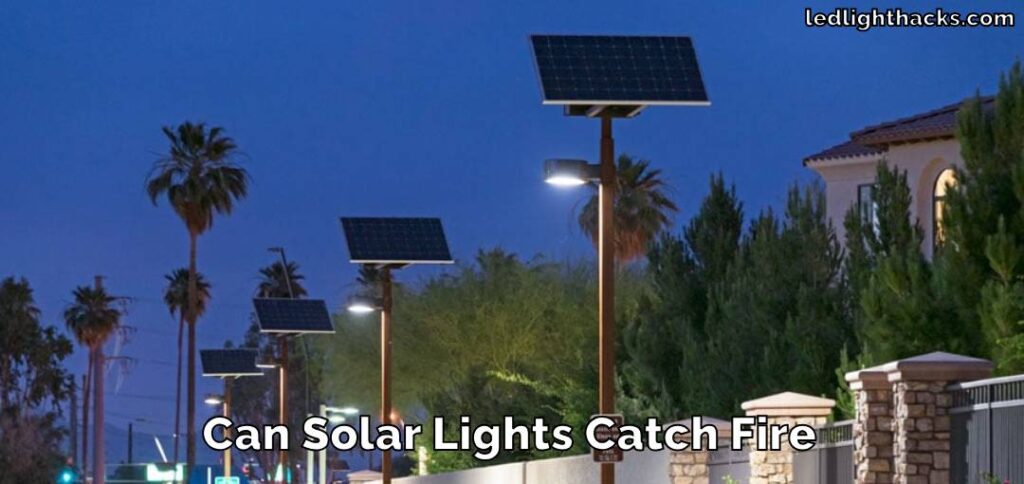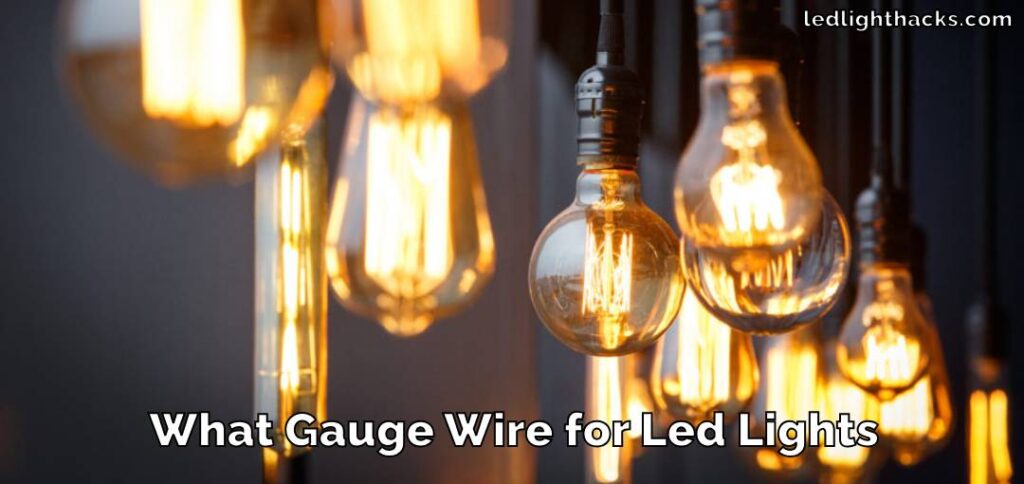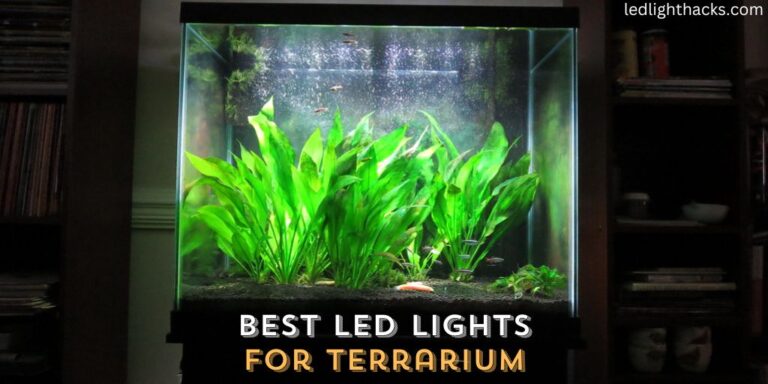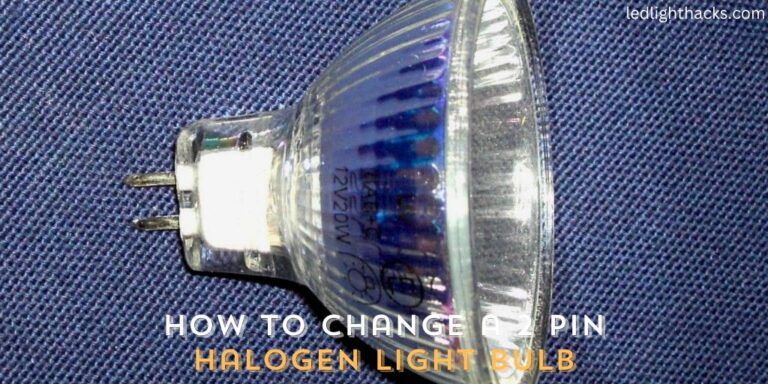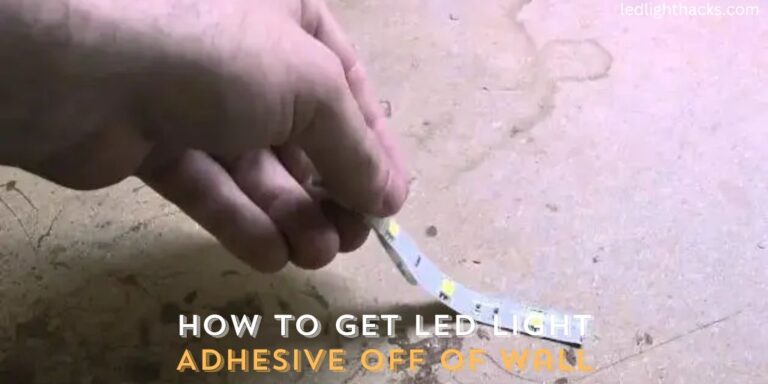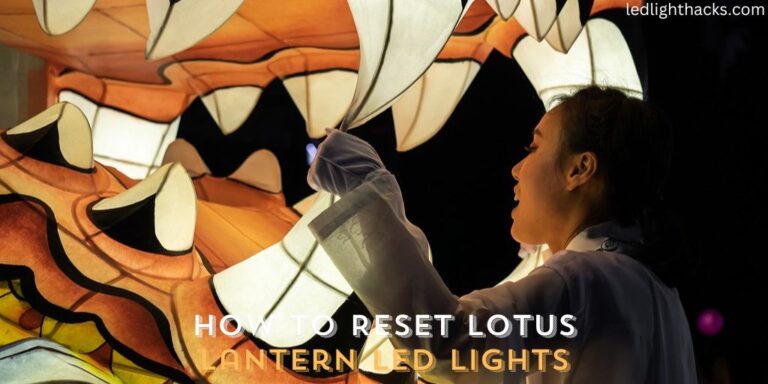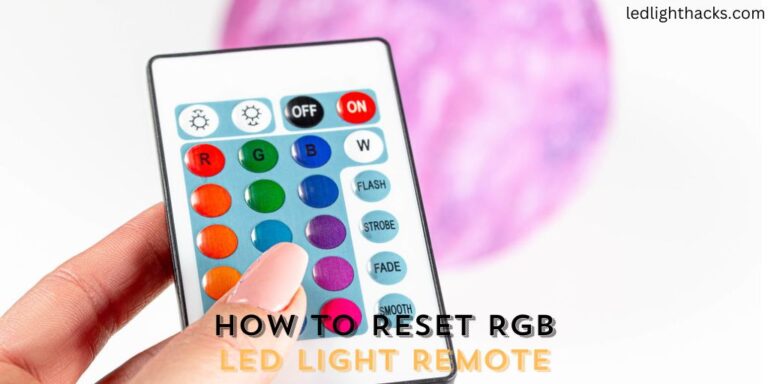How to Connect Multiple LED Lights to One Power Source
LED lighting is becoming more popular every day, mainly because it helps save energy and creates a nice atmosphere. However, a lot of people wonder how they can connect multiple LED lights to just one power source. This guide is here to help with that.
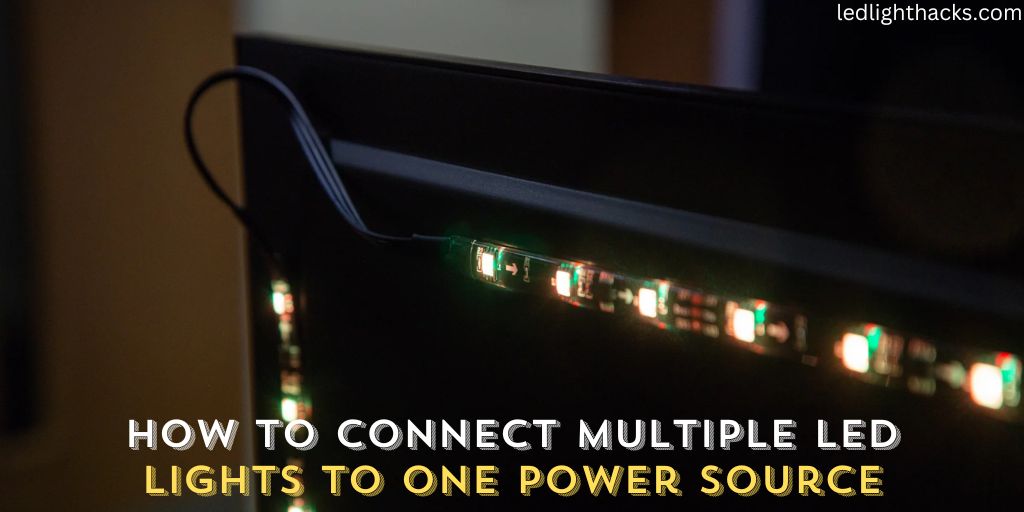
We’ll show you step-by-step how to connect multiple LED lights to one power source setup both safely and efficiently. By the end of this article, you should be able to connect several LED lights together and power them all with just one source. This way, you can enjoy the benefits of LED lighting without any hassle.
Benefits of Connecting Multiple LED Strips to One Power Source
Uniformity and Consistency
One of the prime advantages of linking multiple LED strips to a single power source is the guarantee of uniform brightness. All connected strips shine with the same intensity, providing a consistent look throughout the space. This is especially beneficial in spaces where consistent lighting is vital, such as in display areas or living rooms.
Cost Efficiency
Over time, drawing power from a single source can lead to noticeable savings on your electricity bill. Instead of powering multiple adapters, a single source can distribute energy more efficiently, reducing overall consumption.
Simplified Management
Managing your lighting becomes a lot simpler with a consolidated setup. There’s less need to check multiple connections or switches, as everything stems from one central point. This centralization makes troubleshooting and maintenance more straightforward as well.
Minimized Clutter
A common issue with multiple power sources is the jumble of cables and adapters. By using one power source, you significantly reduce the number of cables required, leading to a cleaner and more organized setup. This is especially useful in spaces where aesthetics are crucial.
Flexibility in Design
A single power source offers more freedom in designing your lighting patterns. Without being constrained by individual power sources, users can easily arrange and rearrange LED strips to achieve the desired lighting effect, be it for decorative purposes or functional needs
Calculating Power Requirements for Multiple LED Lights
When planning to connect multiple LED lights, it’s crucial to calculate the power they’ll need to operate safely and efficiently. This will help prevent any potential overload or short circuits. Here’s a step-by-step breakdown to guide you:
Watts per Foot
This value tells you how much power a single foot of your LED strip consumes. It’s usually mentioned on the packaging or the product details. For instance, if an LED strip consumes 4 watts per foot, that’s its power rate.
Strip Length
Measure the combined length of all the LED strips you want to connect. This includes every piece, whether it’s a full strip or just a segment. For instance, if you have three strips each 5 feet long, the combined length is 15 feet.
Formula to Determine Power
To find out the total power requirement, multiply the ‘Watts per Foot’ by the ‘Strip Length’. Using the example values: Total Watts = 4 watts/foot x 15 feet = 60 watts.
Choosing a Power Supply
When picking a power supply unit (PSU), make sure its capacity is a bit more than the total wattage calculated. This ensures the LEDs run efficiently without straining the PSU.
So, for a requirement of 60 watts, consider getting a power supply that can handle, say, 70 watts or more. This cushion helps in accommodating any slight variations in power consumption and ensures a longer lifespan for both the LEDs and the power supply.
| Watts per Foot | Strip Length | Formula | Power Supply Needed |
| 4.8W | 10ft | 4.8W x 10ft = 48W | 55W |
| 4.8W | 20ft | 4.8W x 20ft = 96W | 105W |
| 4.8W | 30ft | 4.8W x 30ft = 144W | 160W |
Tools Needed to Connect LED Lights to One Power Source
Connecting multiple LED lights to a single power source requires a few essential tools to ensure a secure and effective setup. These tools help in achieving precise connections and guaranteeing the safety and longevity of the LED system. Here’s a list of what you’ll need:
- Soldering iron and solder: Essential for making durable connections between wires and ensuring a continuous flow of electricity.
- Wire connectors or clips: Helpful in joining two wires together without the need for soldering.
- LED strip connectors: Special connectors are designed to link separate LED strip sections seamlessly.
- Wire stripper and cutter: Important for preparing the wires, removing insulation, and achieving the desired wire length.
- Multimeter: A vital instrument for measuring electrical values, such as voltage and current, to ensure everything is functioning properly.
Having the right tools on hand will not only make the process of connecting multiple LEDs easier but also ensure a reliable and long-lasting lighting setup.
How to Connect Multiple LED Lights to One Power Source
Connecting multiple LED lights to a single power source isn’t as complicated as it might seem. Here’s a simple guide to light up your space effectively and safely.
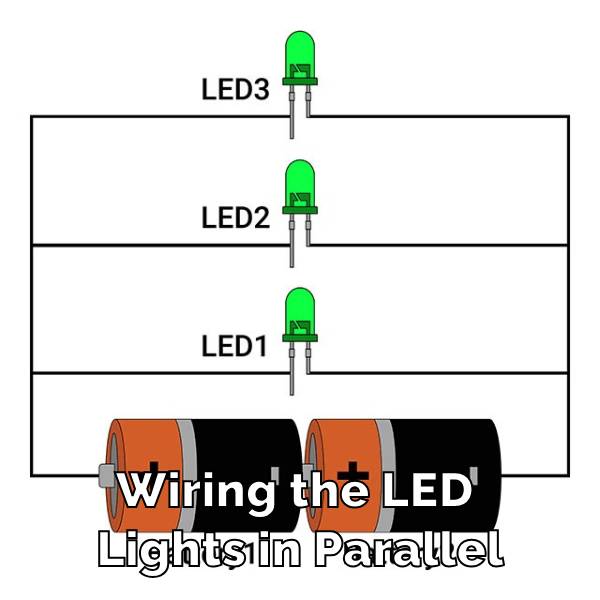
Method 1: Parallel Wiring
- Prepare: Measure and cut your LED strips to the required length.
- Strip Wires: Gently strip the wire ends to reveal a bit of the metal inside.
- Make Connections: Link each LED strip‘s positive wire (usually red) to the power source’s positive terminal, and do the same with the negative wires (often black or white), connecting them to the power source’s negative terminal.
- Secure Connections: To ensure a solid connection, you can either solder the wires or use wire connectors. Make sure there are no loose wires.
Method 2: Series Wiring
- Measure: Cut your LED strips to the length you need.
- Start the Connection: Connect the first strip’s positive end to the power source’s positive terminal.
- Continue in Series: Link the negative end of one strip to the positive end of the next. Keep connecting the strips in this series until all are connected.
- Finish Up: Connect the last strip’s negative end back to the power source’s negative terminal.
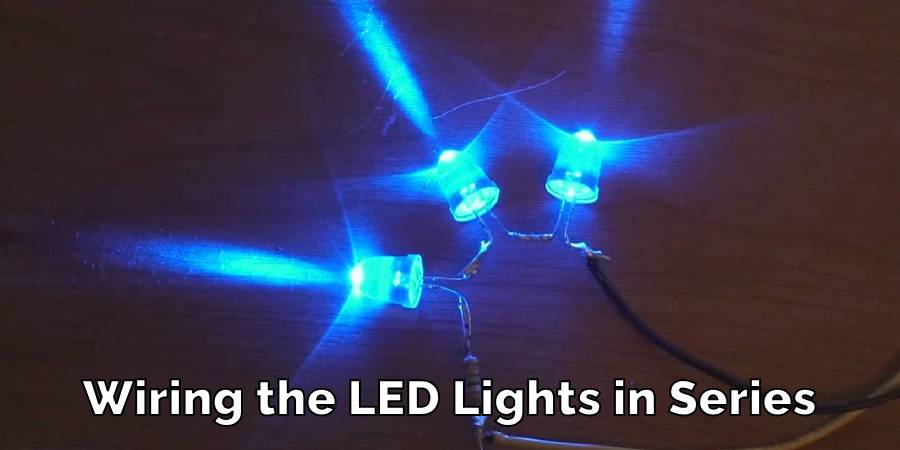
Method 3: Using LED Strip Connectors
- Cutting: Make sure to cut your LED strips at the marked spots to keep them functioning correctly.
- Insert: Carefully slide the ends of the strips into the connectors, ensuring the internal pins align with the strip pads.
- Connect Strips: Use these connectors to join one strip to another, ensuring a seamless connection.
- Power Connection: Connect the start of the first strip to your power source.
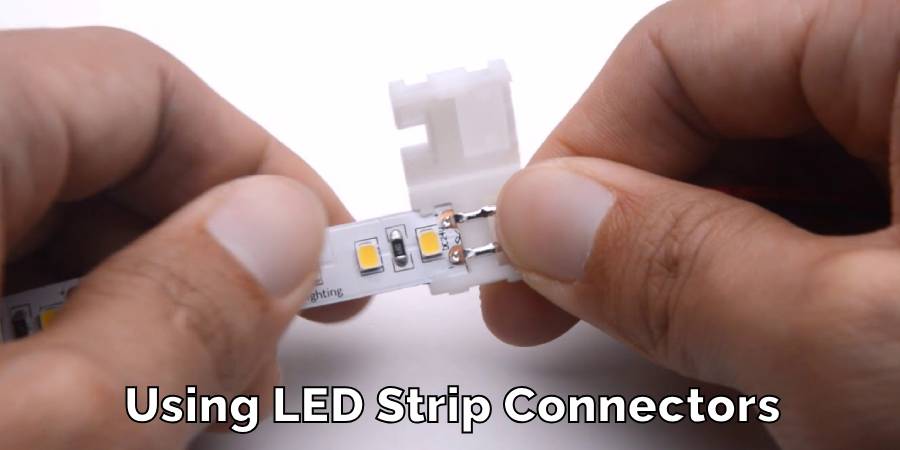
Method 4: Using a Distribution Block
- Central Hub: The distribution block serves as a central point for connecting multiple LED strips.
- Attach Strips: Connect each LED strip to the distribution block, paying attention to the correct polarity.
- Power the Block: After all strips are connected, link the distribution block to your main power source.
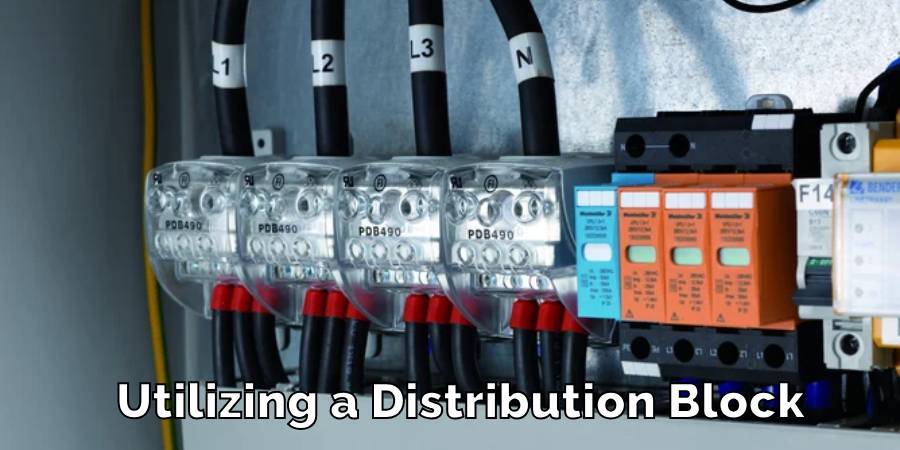
Method 5: Using a Power Amplifier
- Connect to Amplifier: First, attach your LED strips to the amplifier. This device enhances the power supply to ensure all strips receive enough power.
- Link to Power Source: Connect the amplifier’s input side to your power source.
- Check Capacity: Make sure the amplifier’s output capacity can handle the power requirements of your LED strips.
Each method has its benefits, so choose the one that best fits your setup. Always prioritize safety by double-checking your connections for a stunning and efficient LED display.
Precautions While Connecting Multiple LED Lights to One Power Source
When setting up multiple LED lights, safety should always be the top priority. Following the right precautions can ensure not only the longevity of your LED setup but also the safety of the environment it’s in.
Mind the Power Limits
It’s essential to be aware of the power limits of both your LED lights and the power source. Staying within these limits will help prevent overloading, which can damage the LEDs or the power source.
Consistent Polarity
LED lights have a specific direction of flow for current. It’s crucial to maintain consistent polarity, connecting positive to positive and negative to negative. Mixing these up can not only cause the LED lights to malfunction but also potentially damage them.
Choose Reliable Connectors
Opt for high-quality connectors when linking your LED strips. Poor-quality connectors may not provide a stable connection, increasing the risk of short circuits that can be harmful.
Double-Check Connections
Before turning on the power, always check each connection point. Ensuring that every connection is secure and correctly placed can save you from potential mishaps.
Limit the Number of LEDs
While connecting multiple LED lights can provide brighter illumination, there’s a limit to how many should be linked to a single power source. Connecting too many can lead to overheating, reducing the lifespan of the LEDs and posing potential safety risks.
By adhering to these precautions, you can enjoy the beauty and efficiency of your LED setup while ensuring safety and durability.
Conclusion
Connecting multiple LED lights to a single power source is a task that requires precision and understanding. We have explored how to connect multiple LED lights to one power source.
With this comprehensive guide, you are well-equipped to set up your LED lights effectively, ensuring both their longevity and safety. Whether for decorative or functional purposes, your LED setup will shine consistently and brilliantly.
You may read also – How to Change LED Light Color Without a Remote
How to Change a Light Switch without Turning Off the Power
Mastering the skill of changing a light switch without turning off the power holds great…
How To Stick LED Strip Lights On Wall Without Damaging Paint
LED light strips have surged in popularity, adorning homes and spaces with their vibrant colors…
Can Led Lights Get Wet
LED lights are everywhere, from homes to city streets, known for their efficiency and brightness….
Creative Ways to Use LED Strip Lights in Your Home
LED strip lights, those brilliant strips of technology, serve as a beacon of innovation in…
Can Solar Lights Catch Fire
Solar garden lights are your go-to pal for lighting up your backyard oasis while keeping…
What gauge wire for LED lights
When diving into LED lighting, one aspect that might not catch your eye at first…
